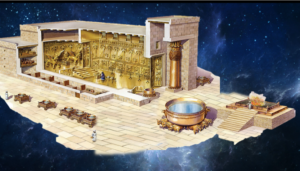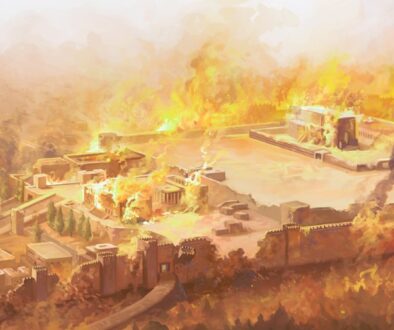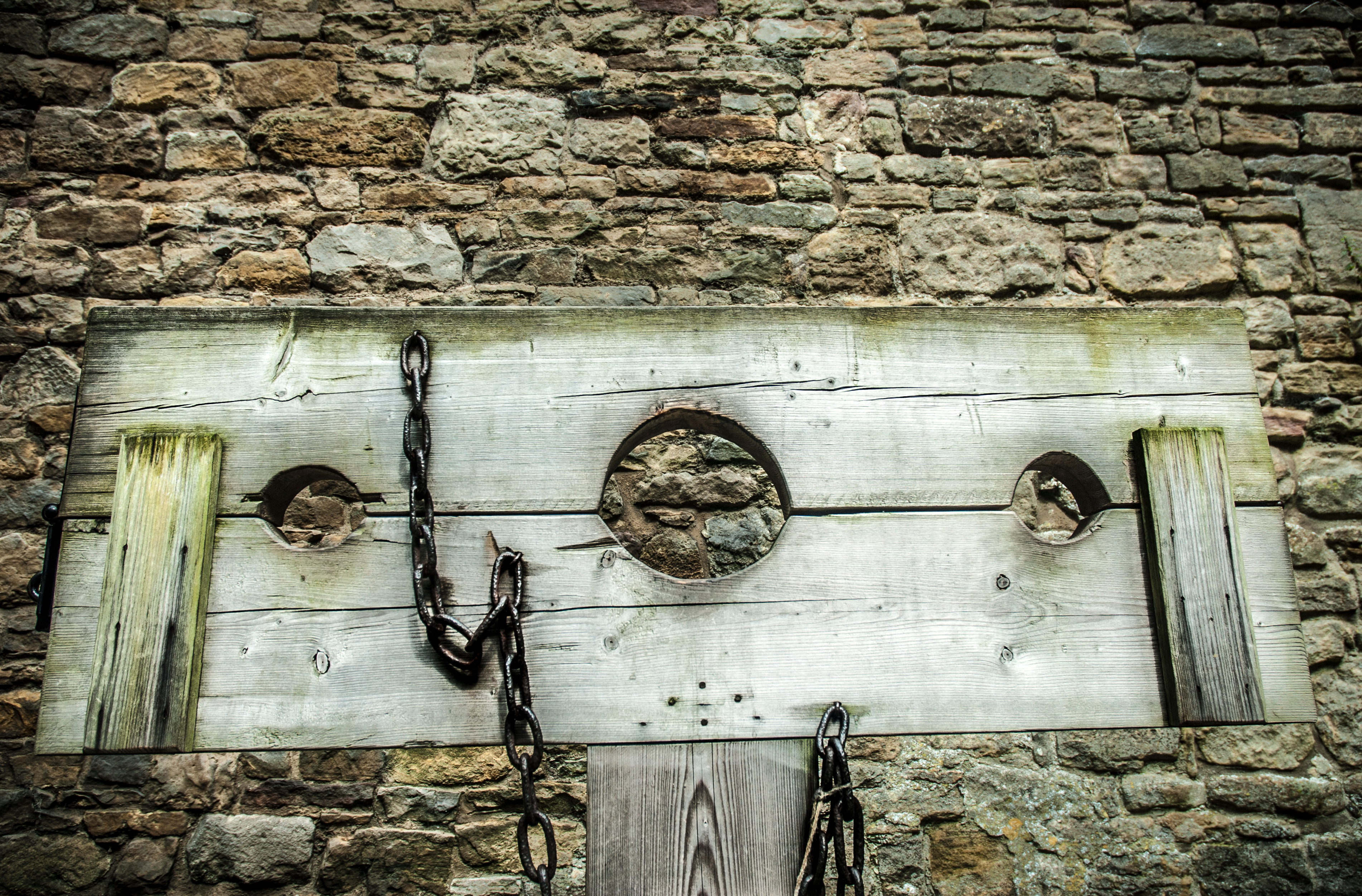1 Kings 4-7 Time to Build

Solomon sets up his kingdom. He divides the work and then it is time to build. He would build the house of the Lord that David had longed to build.
In the earliest years of Solomon’s reign, he sets up a schedule for providing food for his table and grain for his stable. Each tribe would have one month in twelve where they were carried the burden for the king.
Solomon also began building projects that would keep ALL the people employed for MANY years. No one lacked a job! Solomon enlisted the help of the king who had built his father’s house. Twenty years of Solomon’s reign went into making the Temple of the Lord and the palace for Solomon. Talk about job security!
I am not going to go into the specifics of measurements and designs. You are free to check it all out as the Lord has included it in His telling of the story. I want to look at the people and their contributions. Let’s peek in on the progress and see where the Spirit directs our attention.
♥ ♦ ♥
As Solomon pours over the plans his abba gave him for the Temple, he starts thinking about the logistics of the project. “I need to bring in the best people, the right tools, and the right material. King Hiram would probably lend a hand if I asked. He and my abba got on famously. And they have those massive cedar trees. What about a workforce? I can’t do this alone! And how many men of Israel want to leave their homes and families for however long this is going to take?” This is just the tip of the iceberg of questions and requirements that Solomon will chip away at as work begins in earnest.
“First things first” says Solomon. “I need to set up my ‘inner circle’. I need men who will report to me but be autonomous in their administration of their duties.” Solomon begins compiling a list. It contains the men he trusts most in all of Israel and how are outstanding in their roles as leaders.
Once that is complete, he turns to the matter of providing for his own household. Solomon had a LARGE household. Hundreds ate at his table daily and the amount of food consumed was considerable. There is no way the he alone, or even the fields around Jerusalem can provide constantly for his table. He decides that the best way to handle all this is to divide the load evenly. “There are twelve tribes. Each tribe will be required to provide the food for my table for one month. The responsibility will rotate between the tribes, so as not to over burden one people. And there needs to be one person responsible in each tribe to see that what is needed is provided.”
Solomon has no idea how much is actually required to supply his table on a daily basis. He will put those involved in securing the food in touch with his household manager. They can handle that between themselves.
There are a hundred other things that he will have to work out with those he places in office, but he needs to secure supplies before any building can start. And he knows exactly who to ask. Solomon puts quill to parchment himself and composes a letter to King Hiram of Tyre.
“You know that David my father could not build a house for the name of the Lord his God because of the warfare with which his enemies surrounded him, until the Lord put them under the soles of his feet. But now the Lord my God has given me rest on every side. There is neither adversary nor misfortune. And so I intend to build a house for the name of the Lord my God, as the Lord said to David my father, ‘Your son, whom I will set on your throne in your place, shall build the house for my name.’ Now therefore command that cedars of Lebanon be cut for me. And my servants will join your servants, and I will pay you for your servants such wages as you set, for you know that there is no one among us who knows how to cut timber like the Sidonians” (1 Kings 5:3-6).
Once the letter is finished and dry, Solomon folds it up and seals it with his signet ring. He calls to his personal servant, who is on the door. “Have a runner deliver this to Tyre. To King Hiram himself.”
The guard bows and goes to do Solomon’s bidding. Solomon goes back to working on his plans.
The letter is delivered to King Hiram within days of Solomon dispatching it. Solomon’s messenger reads the message carefully to Hiram. He smiles as he reads Solomon’s praise for Sidonian timber workers. “Blessed be the Lord this day, who has given to David a wise son to be over this great people (1 Kings 5:7b). ‘Solomon is correct in his assessment of our people.’”
Hiram calls for a scribe and has him take down a reply for Solomon.
“I have heard the message that you have sent to me. I am ready to do all you desire in the matter of cedar and cypress timber. My servants shall bring it down to the sea from Lebanon, and I will make it into rafts to go by sea to the place you direct. And I will have them broken up there, and you shall receive it. And you shall meet my wishes by providing food for my household” (1 Kings 5:8-9)
One more round of letters seals the deal and Hiram and Solomon enter into an alliance as well as securing materials. Hiram’s men cannot do all the work though, so Adoniram the son of Abd, carried out a draft authorized by Solomon. Thirty thousand men were drafted to work in Lebanon to harvest and bring the trees to Israel. They were organized into teams of ten thousand each. Each team would spend one month in Lebanon and two months in Israel. That way, no group of men would have to carry the full weight of constructing the Lord’s House.
Adoniram the son of Abd also seventy thousand burden bearers and eighty thousand stone cutters. These would work in the quarries in Israel, preparing stone for fitting into place in Jerusalem. There were also three thousand three hundred chief officers who oversaw the workers.
Nanon was one of the workers who rotated into Lebanon. He is in awe of the size of the trees the Sidonians are cutting. The cedars are massive! Some of them appear to be scraping the very clouds of heaven.
“It takes great skill to fall one of these trees. There are several steps before one is suitable to be used for lumber.”
Nanon listens carefully and watches the men of Lebanon. He hopes to learn enough that, one day, they will trust him to assist in the work.
“You have to have a main cut and a back cut. This way you can control where the tree actually falls. Some of the larger trees need so much room that it is not safe to fall them in one piece. For those, we work our way down from the top, taking sections at a time. But before you can get to the tops, you have to buck them; remove their branches all the way up. That can take up a lot of room on its own.”
Nanon nods and follows along with the instructions. He has been assigned to dragging limbs into a pile and sometimes helps with cutting the limbs off already fallen trees. He likes his job, but wants to learn more.
In Israel’s stone quarries, Kefer is a burden bearer. He is very strong and an excellent fit for this job. But he wants to learn more also. He asks the stone cutters questions as they are working the pieces after mining them from the earth. “How do you get the corners square? How to you make it flat? What happens if…”
“Hold up. One question at a time please.”
Kefer bows his head. “I’m sorry.”
“That’s all right. For shaping the stone, I use a chisel, hammer and wedges. But the most important tool of all is my ear.”
Kefer gives his impromptu teacher a strange look, which elicits a laugh. “When I’m using my tools on the stone, I have learned to hear when the stone is ready to split, where it will break, and when I have hit a spot in the stone that might spoil my final work. My ear tells me how hard to hit.”
“You have to use your eyes too don’t you?”
“Yes. My eyes help me identify the veins in the stone and help me choose the placement of my chisel.”
“There is a LOT to learn. Do you think I can try it?”
“Maybe after a while. Right now, we need to get a sizable stock pile ready for the builders. When we get far enough ahead, I will let you try it.”
Months go by as raw materials are gathered and worked to be ready for installation in the Temple. Stone is cut and crafted. Cedars are debarked and cut into usable lumber. And the materials are stacked for ease of use. Everything is ready.
Solomon has instructed that NO iron tool be used in the assembly of the Tabernacle. All the rough work is done outside of the city. Those working in the city do so with a special reverence. Almost as if they are already in the House of the Lord.
After the ‘bones’ of the Temple are complete, special craftsmen begin work on the intricate carvings and overlaying everything with precious metals. Solomon imported an especially skilled worker in bronze from the tribe of Naphtali who was living in Tyre. He constructed the two pillars to stand beside the door to the Temple, the utensils, the stands, the bronze basin and every work of bronze crafted in the Temple. He crafted these in the planes of Jordan in the clay and then brought them to the Temple,
It takes seven years to complete everything to Solomon’s exacting standards. And it is MAGNIFICENT! The intricate carvings of pomegranates, the lattice work, the palm trees, the lions, and the cherubim are exquisitely detailed. The two large cherubim for the inner sanctuary alone are so detailed that one can trace the lines in their wings; IF they were allowed to do such a thing.
The sanctuary was of the same general dimensions but a larger scale of the original Tabernacle. To the Temple Solomon had added living quarters for the priests on three sides of the main hall. All the furnishings were new and on a grander scale. Even the bronze altar was so tall that an incline had to be made to reach the ‘cooking surface’ where the sacrifices were placed. The only thing that was originally in the Tabernacle that is now used in Solomon’s Temple is the Ark of the Covenant. But there will be a special ceremony to bring it in and place it in the most holy place.
Nanon and Kefer were both able to learn new skills during their service, along with anyone who desired to. The Temple of the Lord was complete, but there was still MUCH work to be done. Solomon desired a grand home too.
(to be continued)
I have to admit to struggling with this story. There was a time when I found some very well done videos that I believed were of Solomon’s temple, but the lack of detail tells me they weren’t. And I can’t find them again either, even after HOURS of searching.
I really would like more detail. Maybe God purposefully left it out because He knew that this wouldn’t be the final temple. When the second Temple was built, those who had seen Solomon’s Temple were disappointed. Having the sparce detail prevents us from comparing everything to the first one. And we know that God has an even better one coming!
Father God, help me focus on the important things in my life. Thank You for convincing me to stop searching the world around me and get back to searching my heart. I don’t know where You plan on taking me with Solomon’s life. I trust it will be worth the journey, with You by my side. Keep me digging into Your stories.




